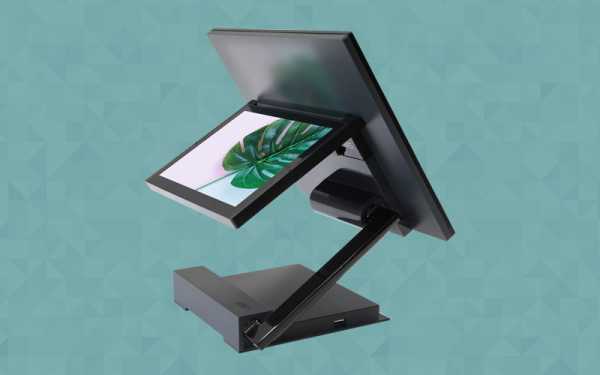By Steve HANRAHAN – AURES UK, Business Development Manager
Nothing stands still in the world of technology, and at AURES we believe strongly in riding the waves of change. Pushing boundaries in EPOS hardware design and capabilities is what we’ve been doing for the past 30 years, and we have no intention of stopping any time soon.
Our latest all-in-one EPOS terminal, the JAZZ, has been developed with one key concept in mind – the modern tech user wants more from less. They want more power, more capacity and faster, more efficient functioning from smaller, slicker, more streamlined machines. They want a wide range of different possibilities consolidated into a single, simple device, with the straightforward flexibility to switch between options without a hitch.
So, the JAZZ has been built as a single EPOS concept that can play several different roles at the point of sale, all with the same high-performance core components. It can be deployed as a classic on-the-desk EPOS terminal with an exceptionally small surface footprint and a uniquely agile adjustable screen. It can be mounted on a pole to give it no surface footprint whatsoever, to get the unit well clear of any potential knocks and spills or to position the PCT touchscreen at a more comfortable eye-level height for staff and customers.
It can also be deployed as a self-check-out kiosk, a ground-breaking departure from the very distinct and separate class of kiosk hardware that has prevailed to date.
As well as being highly adaptable for use in multiple POS scenarios, form and function combine in the JAZZ to make it easy on the eye as well as easy to use. An innovative modular ‘drop and slide’ design means you can add or replace components, including one of three available processors, in a matter of seconds, simply by clipping them into place. This also helps to keep everything highly compact and in tune with our strong commitment to aesthetic appeal – the way a second customer-facing screen just clips onto the back, for example, you would never know it wasn’t an integral part of the unit.
For all its style and simplicity, the JAZZ compromises nothing in terms of performance. In fact, it is thanks to some of the latest, most cutting edge and high-performance technologies out there that we have been able to coax so much out of such a stylishly straightforward unit.
Introducing USB-C
We have, for example, consolidated the variety of input-output (I/O) ports that have been standard on most EPOS terminals (and, for that matter, most computer end points) into just two – USB 3.0 and USB-C. The use of USB-C in particular allows us to combine a number of functions into a single type of connection, minimising the number of ports we actually need, cutting down on cables yet still delivering enhanced performance.
USB-C is the latest version of the familiar plug-in connection protocol that delivers faster data transfer speeds than previous versions (up to 10Gbps, double what USB 3.0 is capable of), more charging power (up to 100 watts) and also supports digital display standards such as HDMI and DisplayPort. The high-speed transfer capabilities have allowed us to use USB-C as the mode of connection between the motherboard and CPU unit, which allows for easy switching between the three processors available (Intel J1900, i3 and i5), easy maintenance and future-proof upgrading options.
From the second USB-C slot available, users have the option to run a number of peripheral devices, including sending video to additional screens. The high-power capacity means there are no issues running devices with virtually any kind of energy consumption rating – you could use the USB-C port to rapidly charge Mobile POS handsets, for example – without the need for additional power cables and plugs. All the IO you expect to see are still present too, such as COM/Serial, 6 x USB 3.0, LAN and 2 x COM/Serial.
The JAZZ has much more to offer besides, so if you’d like to find out exactly how it can help to bring your EPOS solutions bang up to date, please contact our team today.




